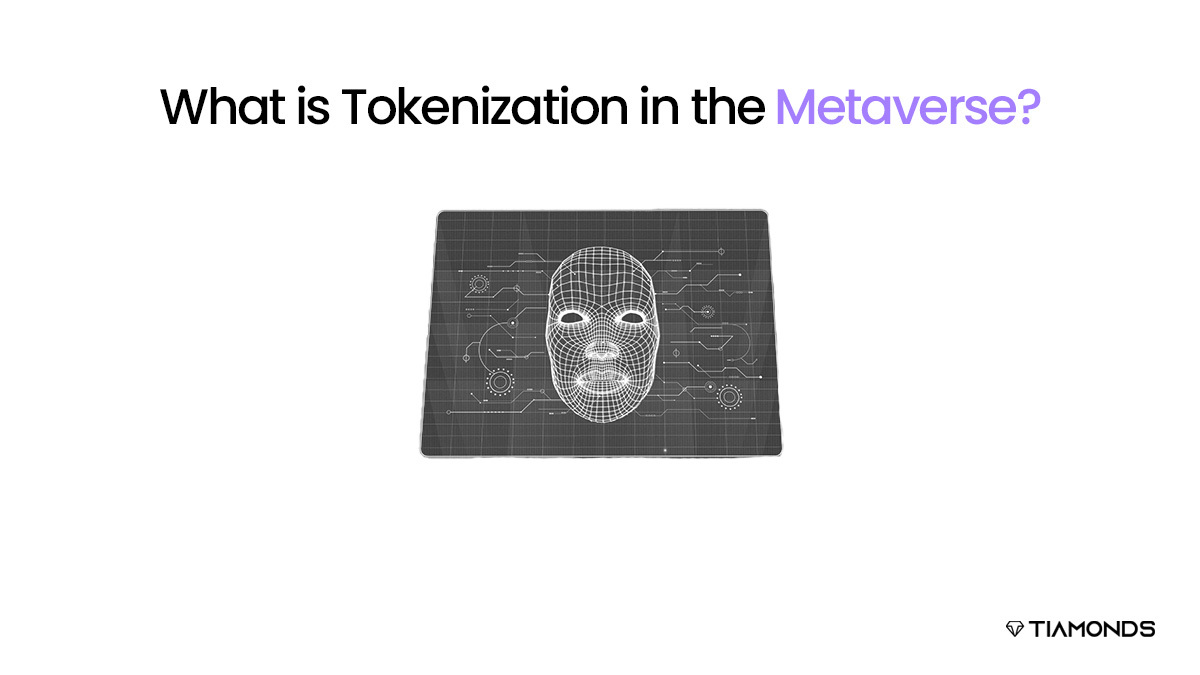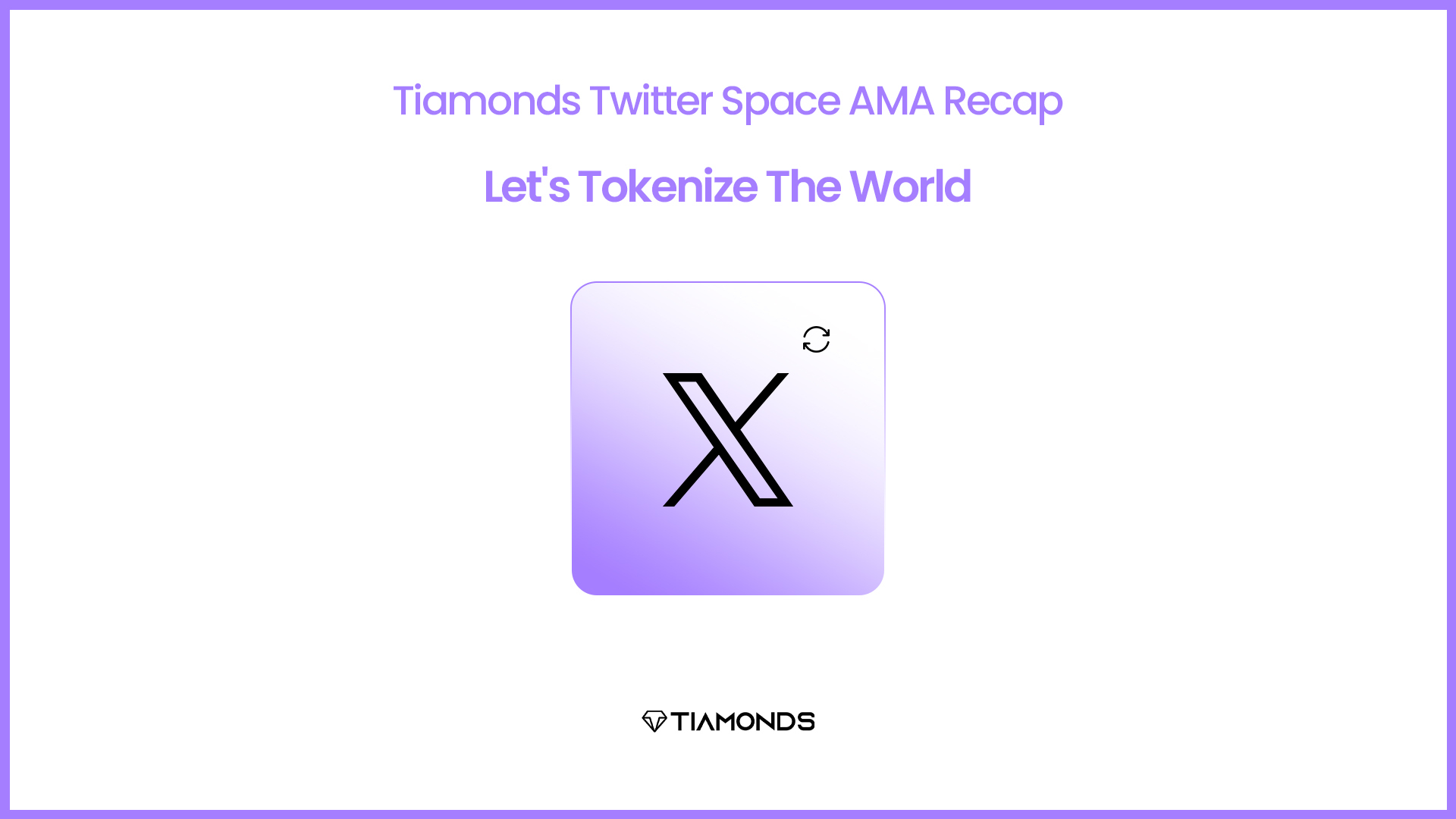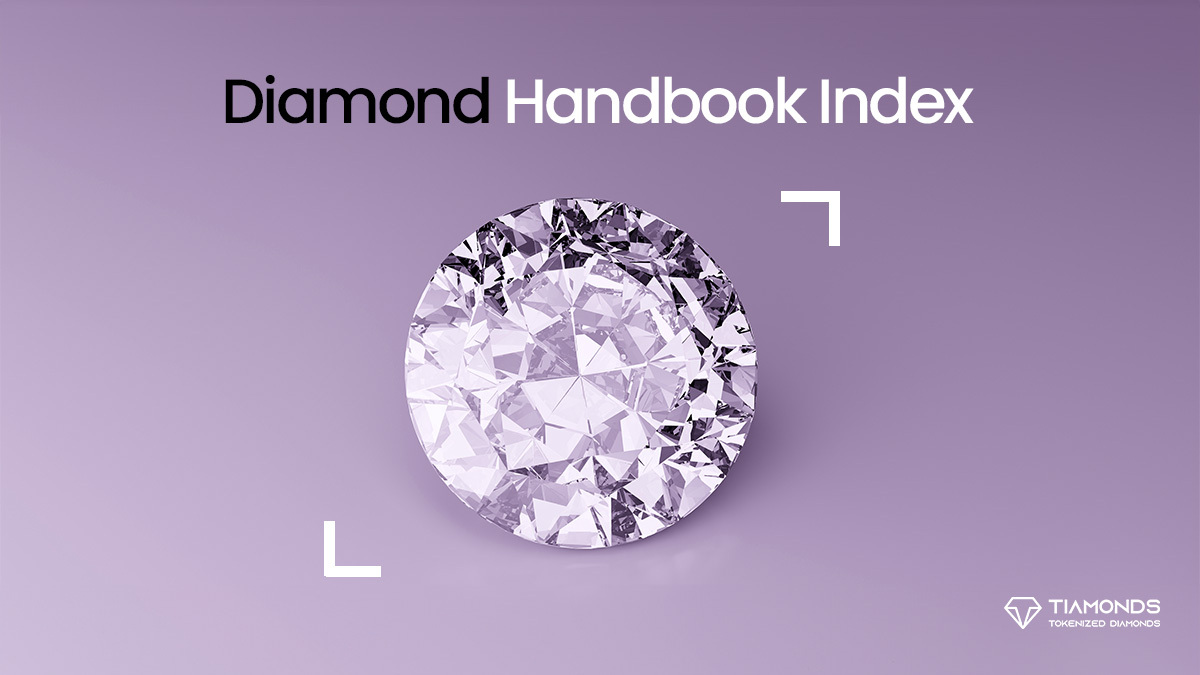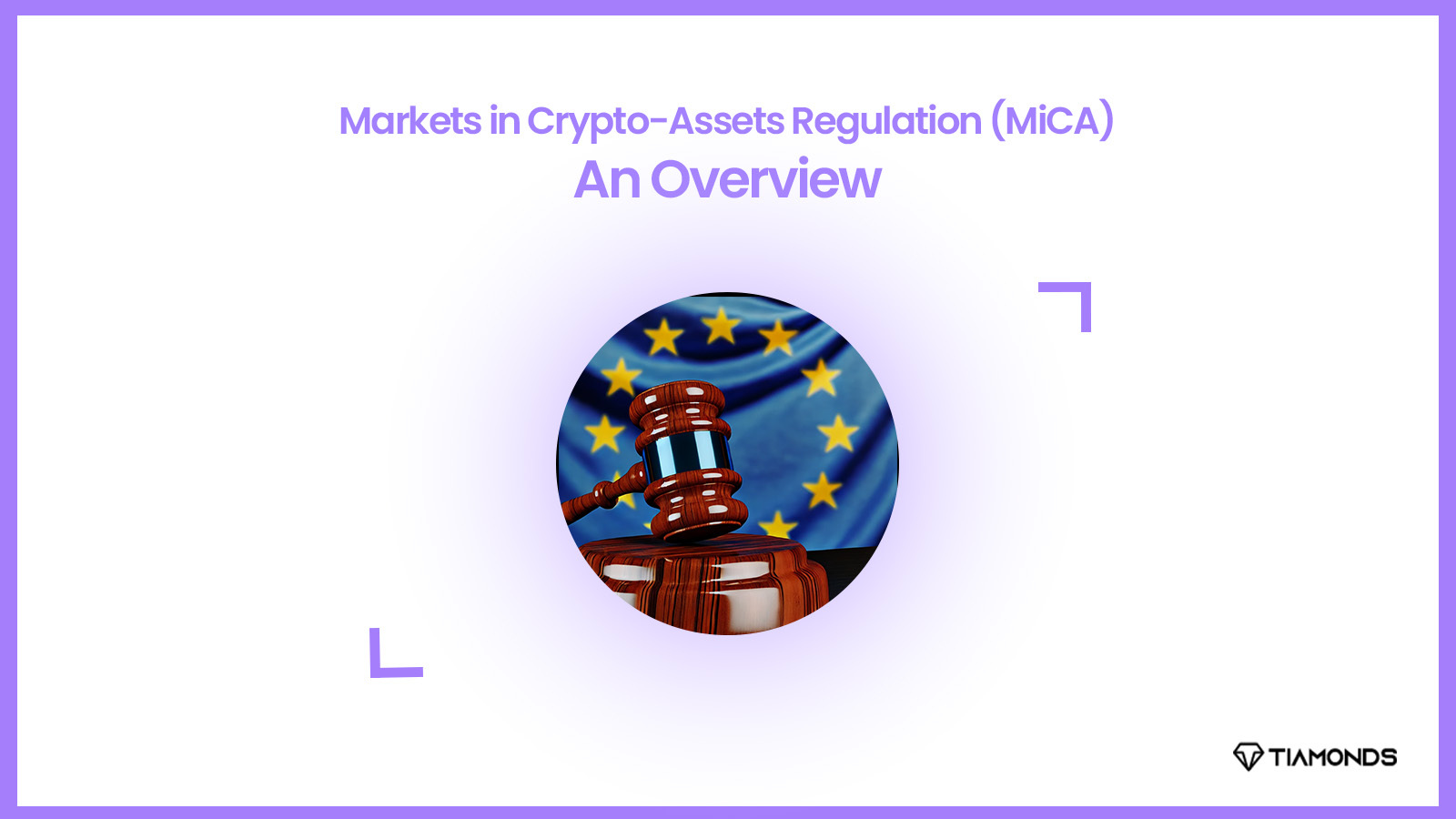Tokenization emerges as a transformative development as the metaverse expands. It facilitates the visual representation of assets such as wearables, virtual art, and land through tokens. Tokenization aims to fundamentally transform financial systems and shift ownership within the 3D internet. By converting assets into tradable digital tokens, users can acquire control of their virtual belongings that are verifiable and secured by the blockchain. This ownership model promotes decentralized economies. It enables individuals to gain agency, and facilitates the emergence of new industries and markets with tokenization in the metaverse.
Rapidly gathering traction is the notion of the metaverse, a digital space in which users can interact, produce, and trade. In tandem with the expansion and intensification of virtual environments, tokenization of virtual assets is becoming an increasingly prominent trend.
Virtual ownership in the Metaverse
In the digital realm, tokenization in the metaverse changes our conception of ownership. In the past, ownership of digital assets, including digital art and in-game objects. These were owned by the platform or service provider. Previously, users could only purchase licenses to access or view these assets. However, tokenization is changing this. Users can now acquire an authentic, verifiable proprietorship of blockchain-backed digital assets. Users have the ability to transport and trade these virtual objects within the digital realm, given that they are associated with their user identity.
The following are some benefits of possessing tokenized assets:
Verified Source: The blockchain records each transaction associated with tokenized assets, starting from their inception to their present proprietorship.
Protection and transparency: The blockchain guarantees a tamper-proof and transparent ledger for the asset, enabling ownership verification and preventing its deletion, duplication, or destruction of the asset.
Unchallenged evidence of distinctiveness and legitimacy: The blockchain-supported characteristics of tokenized assets serve as substantiation for their authenticity.
Enhanced asset control: Owners of tokenized assets are granted the ability to transfer, trade, or exhibit their assets without the need for authorization from a centralized authority or platform.
What is Tokenization in the Metaverse?
The process of tokenization transforms physical or virtual assets into blockchain-based digital tokens. Within the metaverse, these tokens of ownership function as a digital manifestation of possession for various assets. Including but not limited to virtual property, artwork, in-game items, and avatar attire. Due to blockchain technology, these tokens are a limited, genuine, safe, and accessible representation of assets. The blockchain guarantees that tokenized assets have verifiable ownership and are impervious to tampering. As an illustration, a distinct digital token could stand in for a digital painting in a metaverse art gallery. It indicates both the painting’s value and authenticity.
Projects such as Tiamonds streamline the tokenization approach and enable collectors and investors to procure tokenized diamonds for investment purposes.
The Key Benefits of Asset Tokenization in the Metaverse
Tokenization in the metaverse fundamentally transforms the notions of ownership and value. Users are bestowed with true digital ownership, stimulated with economic opportunities, encouraged with innovation, and established with transparent and productive marketplaces. Additionally, as the metaverse continues to grow, asset tokenization will play a bigger role in shaping the virtual economy and giving users more power in this interactive digital world.
Tokenization, which depicts virtual assets as digital tokens on a blockchain, provides users and creators in the virtual domain with a number of significant advantages:
Exclusive and Open Ownership
Our Tokenization Platform Development Services record virtual asset ownership in a transparent and immutable manner. Blockchain technology ensures the secure recording and verifiability of ownership rights, thereby preventing disputes and empowering users with complete control over their computerized possessions. The aforementioned transparency promotes confidence and facilitates the smooth transfer of ownership among users.
Accessibility and Interoperability
Tokenization facilitates the establishment of interoperability among various virtual worlds and metaverse platforms. The transferability and utility of digital tokens across multiple platforms enable users to capitalize on their assets in diverse environments. Transportability enhances the practicality and value of virtual assets, as they are not confined to a specific metaverse or ecosystem.
Fractional Investment and Ownership
Tokenization of virtual assets enables fractional ownership of such assets. Multiple individuals can acquire a stake in an asset by subdividing it into smaller tokens; this enables them to access investment prospects within the metaverse. Users who lack the financial resources to purchase high-value assets such as in-game items, virtual real estate, or artwork can invest in them through fractional ownership.
Marketplaces and Commerce
Within the metaverse, tokenization facilitates the formation of decentralized marketplaces. These platforms facilitate the buying, selling, and trading of virtual assets. Tokenization enables users to participate in peer-to-peer transactions directly, thereby obviating the necessity for intermediaries and substantially diminishing transaction expenses. This dynamic marketplace ecosystem facilitates the generation of revenue for digital content creators and fosters economic activity.
Digital Scarcity and Collectibles
The proliferation of tokenization platform development, specifically pertaining to non-fungible tokens (NFTs), has contributed to the widespread recognition of digital collectibles in the metaverse. NFTs represent unique assets such as virtual clothing, virtual artwork, and limited-edition in-game products. Tokenization imparts verifiable scarcity and authenticity to digital collectibles, thereby increasing their desirability among collectors. The capacity to verify ownership and conduct transactions involving scarce virtual assets has generated a prosperous sector for digital collectibles.
Royalties and Intellectual Property
Tokenization of virtual assets allows creators to retain proprietorship and authority over their assets, even after they sell or trade. By implementing royalty mechanisms, smart contracts integrated into tokens enable token creators to receive a percentage of forthcoming transactions that involve their assets. This ensures that creators can continue to profit from their works as they acquire prominence in the metaverse, thereby empowering them.
Conclusion
The tokenization of virtual assets will provide substantial impetus for the metaverse’s expansion. This paradigm shift facilitates genuine ownership, the generation of value, economic prospects, and compatibility among nodes in the metaverse ecosystem. In the digital domain, the tokenization of virtual assets will have an impact on how we collaborate, conduct business, and interact as the metaverse continues to grow. The potential of tokenization in the metaverse to revolutionize ownership, financial structures, and creativity on the 3D internet is substantial. Converting assets to digital tokens introduces verified ownership and streamlined transactions of digital assets. This tokenized economy democratizes the possession of high-value assets by empowering creators, fostering new innovation and creativity




